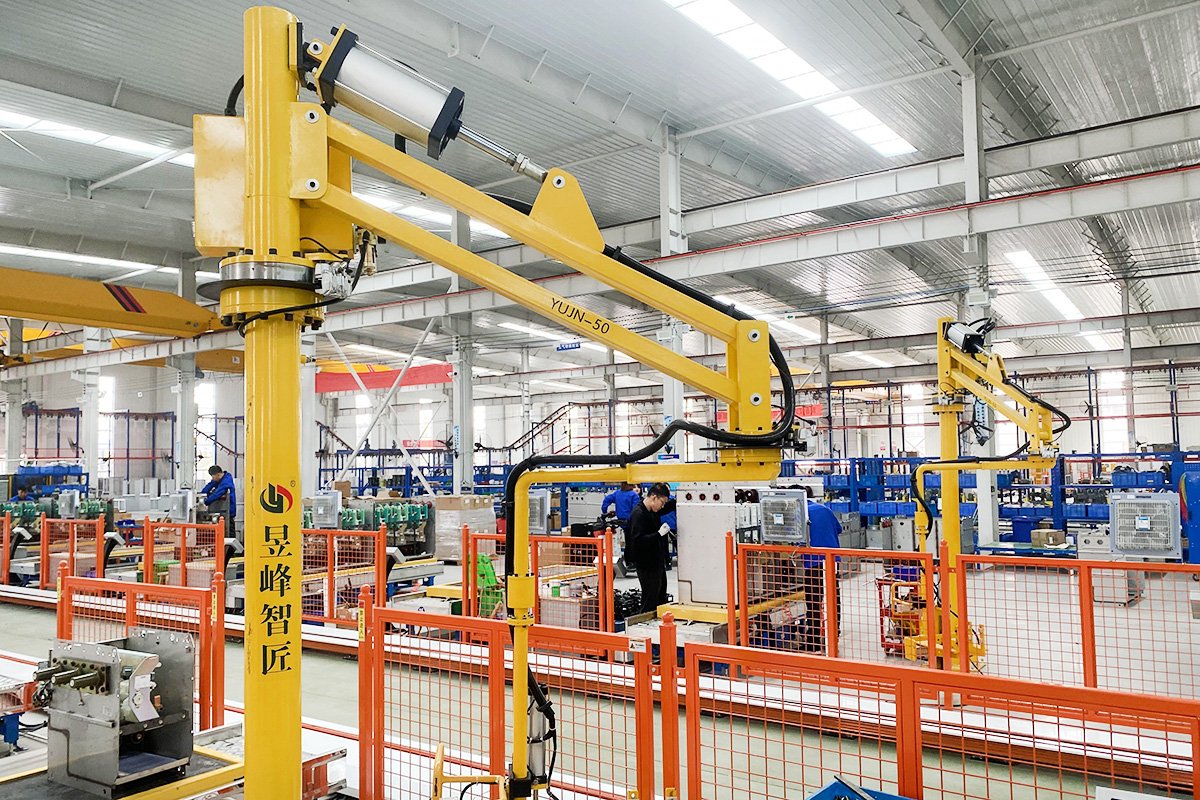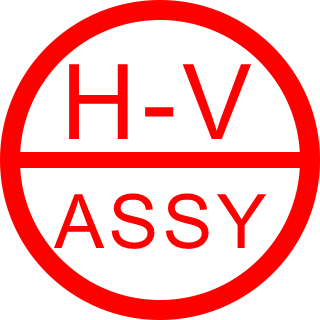Pneumatic Assistive Manipulator for RMU Assembly

Pneumatic assistive robotic arms are an efficient and safe industrial automation equipment, widely used in material handling, assembly, welding, painting, and other fields in modern industrial production. Here is a detailed introduction to pneumatic assistive robotic arms:
Principle
The working principle of pneumatic assistive robotic arms is based on the drive of pneumatic components, controlling the movement of the robotic arm through changes in air pressure. The main components include cylinders, air sources, control valves, and sensors. The cylinder, as the core component, drives the movement of the robotic arm with air pressure from the air source; sensors are used to detect the status of the robotic arm, achieving precise control.
Structure
The structure of a pneumatic assistive robotic arm typically consists of the arm itself, gripper, cylinders, air source, control valves, and sensors. The arm is the main part, the gripper serves as the end-effector, the air source provides the air pressure, control valves regulate the air output, and sensors detect the movement status of the robotic arm.
Safety
In the design of pneumatic assistive robotic arms, safety is fully considered. The pneumatic circuit is equipped with linked protective functions to prevent accidental dropping and pressure loss. Additionally, there are features such as the emergency stop device, pressure display, and brake safety devices to ensure the safety of the operation.
Load and Working Range
Hard-arm assistive robotic arms can handle loads ranging from 50-800KG, with a maximum working radius of up to 3000mm, a maximum height of 4500mm, and an effective lifting stroke between 1400-2000mm. The air consumption is 50-350NL per cycle. These parameters can be customized according to actual needs to meet the requirements of different working scenarios.
